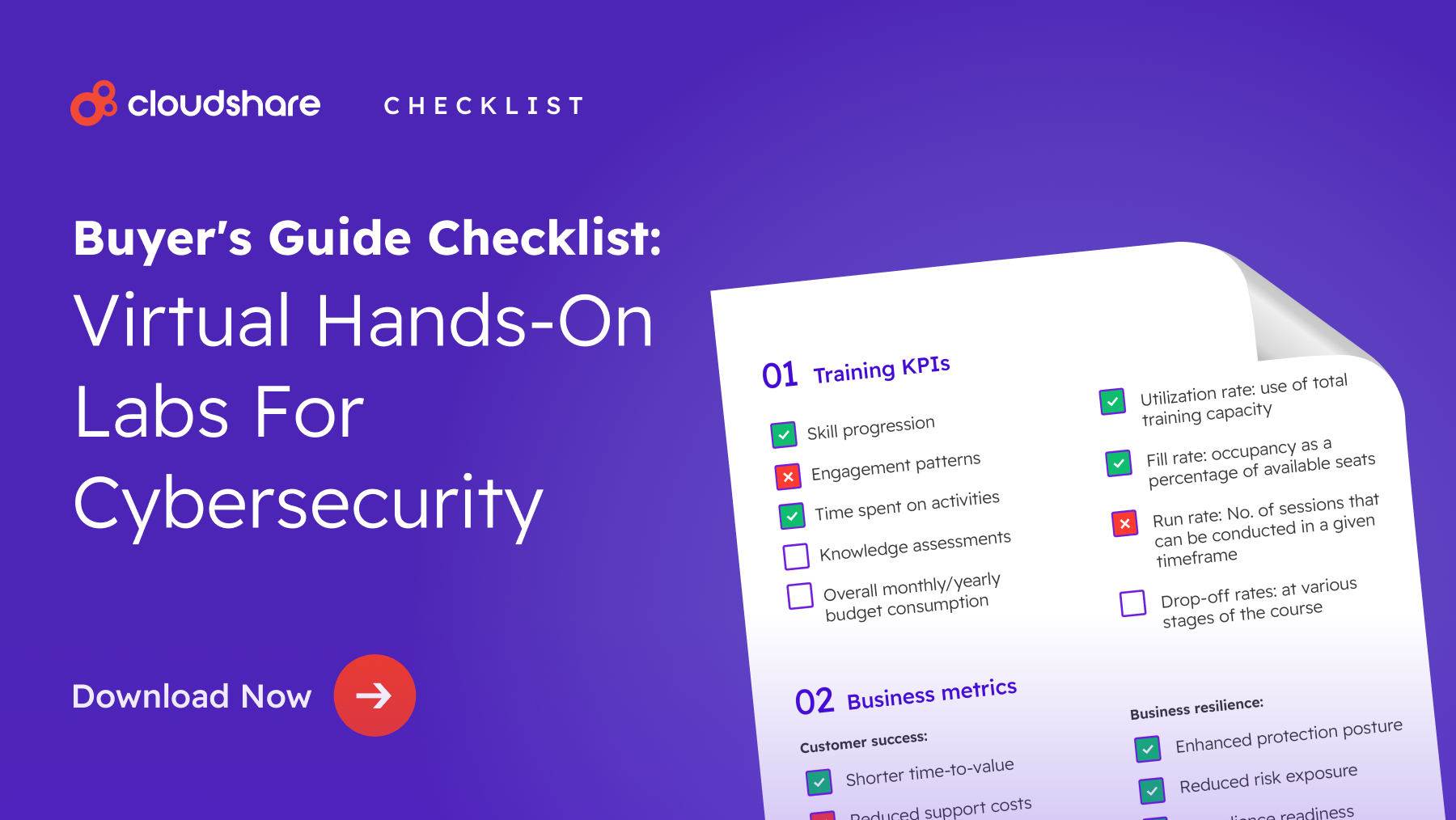Glossary
Cyber Resilience
Did you know that worldwide cybercrime will result in over $6 trillion in damages by the year 2021? Victims of cybercrime range from large enterprises to small businesses, with the latter covering over half of the registered incidents according to Verizon’s 2018 Data Breach Report.
Digital integrity is a top priority for any modern business, but before your company can start developing strategies and tactics for protecting itself, you should first ask: what is cyber resilience?
Cyber resilience is a company’s ability to manage the consequences when affected by a cyberattack or data breach. It encompasses all the security policies and protocols your business undergoes when an online threat passes through your cybersecurity defenses.
A robust cyber resilience policy means the company can fulfill its usual tasks while resolving the issue. The main components of cyber resilience are recovery and adaptability.
Recovery
How well can your business return to its normal state after the effects of a cyberattack? To minimize lasting damage, deploy cyber resilience training for all employees, even those outside of the IT department. You may use simulations of real-world breach scenarios to obtain the most relevant, first-hand experience.
With enough practice, your employees will have the confidence needed to deal with security issues, such as informing clients, working with management, communicating with shareholders, and ensuring smooth operations afterward.
Adaptability
Companies need to adapt to new threats and evolve their security procedures because cybercriminals are constantly developing new ways to stay ahead. Ensure that your business can identify breaches and respond promptly.
What Is Cyber Resilience Online Training?
When it comes to dealing with the aftermath of a data breach, having employees who know how to deal with the impact of cybercrime goes a long way to ensuring the company functions normally afterward.
Experienced managers know that employee training, particularly the type that simulates real-world scenarios of cyberattacks, is the most effective method to improve cyber resilience.
Traditional on-site training is expensive and requires a significant up-front investment. Cyber resilience online training is on the rise because of the benefits it offers.
What’s the Difference Between Cyber Resilience and Cybersecurity?
There’s a subtle yet essential distinction between cyber resilience and cybersecurity. Knowing the difference and planning out how to address both is a valuable skill for the modern business manager.
Cyber Resilience vs. Cybersecurity
Cybersecurity involves the protocol and methods companies use to protect their digital data and systems. Cybersecurity aims to prevent hackers from gaining access to internal servers and stop data theft.
Cyber resilience aims to keep a business operating while and after a cyberattack successfully breaches first-line defenses. A company’s ability to withstand and recover from a data breach once it’s already occurred is essential nowadays when successful attacks occur regularly.
Despite the differences, both concepts are strongly connected. While good cybersecurity procedures are a must in modern businesses, you still have to prepare for an attack in case it does occur. Even large enterprises such as Facebook and Capital One suffered immense losses from cybercriminals despite their extensive investment into digital security.
What Are the Benefits of Cyber Resilience Training?
Cyber resilience training is a large investment for many companies. You may be asking whether it’s worth it. Cyber resilience offers many benefits that every business needs:
- Better risk management. Even the most meticulously devised cybersecurity policies can’t catch every evolving threat. Your business will become more proactive when it comes to dealing with vulnerabilities and risks with effective cyber resilience training.
- Staying competitive. Strong cyber resilience allows companies to recover from attacks quickly, get up and running sooner, and continue to deliver products and services to clients. Minimize the disruption of a cyberattack while your competition scrambles for damage control.
- Improved employee knowledge. Your employees will be more in-tune with how to avoid cybersecurity attacks, resulting in reduced chances of future attacks and valuable knowledge that will last them their entire careers. Today’s connected world means every company needs to stay online and face the risks regardless of industry.
Is Cyber Resilience Training Effective?
Yes, it is. Employee training is the most effective method of strengthening a business’s cyber resilience, as your employees are often the first to respond when an attack occurs.
Goals of Training
To make cyber resilience training itself effective, you must consider your goals. You want to keep the business functional in the event of a cyberattack so that employees can still work and the business remains compliant with government regulations regarding information safety.
With the right training, the company can bounce back from the effects of cyberattacks, which can occur despite the strongest cybersecurity measures.
Elements of a Successful Cyber Resilience Training Program
- One that involves everybody in the company, not just the IT department. Employees must understand essential online skills such as detecting phishing emails and using several strong passwords. The safest organizations invest in training for all employees, which form the often weakest link in your defense.
- One that upper management is on board with. Even upper management rarely understands the importance of cyber resilience. IT managers must communicate effectively with the rest of the company in the event of a data breach. They must demonstrate the risk of a weak online policy and show how stronger protocols can benefit the organization.
- One that consistently backs up data. Have a copy of your data and servers backed up to a separate location at all times. Some government regulations even require that businesses keep 24/7 access to email archives.
- One that adopts virtual cybersecurity labs. These types of training programs can simulate cyberattacks. Much like how fire drills work, using real-life examples of these incidents allows employees to identify the attack, contain the damage, and determine the best actions to recover.
What Are the Benefits of Online Cyber Resilience Training vs. On-Site?
Is your company looking to implement an online cyber resilience training program? Here are a few of the main benefits that an online training program offers over an on-site one:
- Convenience. Employees and instructors can join classes from any internet-connected device. This way, coordinating schedules is far easier.
- No need to travel. Since employees won’t have to stay in the same room during the training session, adopting online classes lowers the costs and raises the chance that employees in different geographical regions can access class materials.
- Flexibility. Employees can learn at their own pace without having to keep up with a classroom for several hours a day. Certain topics may take longer for some employees to pick up than others.
- Interactivity. Virtual labs can include simulations of real-world events, which are more effective at increasing knowledge retention. First-hand experience is incredibly valuable in the field of cyber resilience.
How Does Cyber Resilience Tie Into Virtual Cybersecurity Labs?
When it comes to digital threats, companies big and small are in the crosshairs. Digital security is about more than just buying more anti-virus programs. Cyber resilience starts with the employee and is not the sole responsibility of the IT department.
It’s in your company’s best interest to invest in cybersecurity labs for this reason. Some goals of employee training include:
- Learning how to identify and avoid phishing emails and suspicious links online, where many attacks originate.
- Being aware of the latest threats and knowing how to avoid them.
- Managing cybersecurity solutions and defending networks in realistic environments.
Experienced businesses often cite virtual cybersecurity labs as the ideal method of instructing employees for several reasons:
- They can simulate real-life events, giving employees the experience they need to handle data breaches effectively.
- They are fully accessible to all employees regardless of location or schedule.
- They promote knowledge retention through interactive modules, simulations, and instant feedback.
How Can My Company Focus on Cyber Resilience?
Your company is likely protected from basic cybersecurity threats. You have antiviruses installed, incident prevention protocols in place, and have set up internet security policies.
But what can you do in case an attack already hits your business? Does your organization have the resources and training to maintain its functions during a cybersecurity attack?
In order to focus on cyber resilience, some first steps you can take include:
- Developing a protection plan. Whether it’s firewalls, access privileges, encryption, or security solutions for employee laptops and smartphones, incident prevention should be your first line of defense.
- Backing up data. Use separate and secure backups for your servers and data centers regularly. Ideally, choose an automatic system that operates weekly.
- Training employees. A prepared staff is your best weapon when it comes to damage control after an attack. Ensure all employees know the protocol for when an attack occurs.


